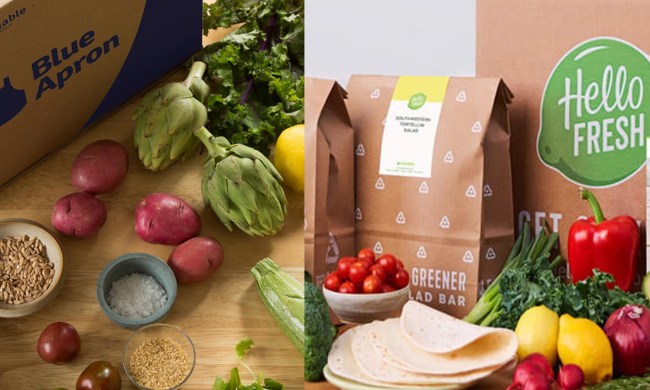Don’t know what kind of cocktail to make your signature drink for 2022? Why not try crafting a Moscow mule at home. The Moscow mule is one of the most approachable and easy-to-make drinks for home mixologists, as it is only made up of three (yes, three!) ingredients: Vodka, ginger beer, and lime.
While preparing a Moscow mule may be easy, your choice of vodka (and even ginger beer) can affect the flavor and quality of this cocktail. Lucky for you, these best vodkas for Moscow mules promise to deliver a unique flavor to said cocktail without breaking the bank.
Stolichnaya

While Moscow mules aren’t actually from Russia, it’s fun to choose a Russian vodka as a star. Stolichnaya dates from the early 1900s and is made from wheat and rye. The Russians know their vodka, and Stoli is a full-bodied spirit with a subtle vanilla character and little burn.
Smirnoff

Smirnoff is the brand that led to vodka passing whiskey as America’s most popular spirit in the mid-20th century. Today, Smirnoff is one of the most recognizable vodkas and a solid choice for use in any cocktail thanks to its clean, slightly mineral taste.
Luksusowa

Made from potatoes in Poland, Luksusowa vodka adds a bit of creaminess to the body of a Moscow mule. Expect a little minerality in the palate, but Luksusowa is generally a superbly clean vodka and leaves little behind, letting the ginger beer take over.
Fugu Vodka

When the Ballast Point Brewing founders sold their beer brand to Constellation for $1 billion, they managed to keep their distillery. Now Cutwater Spirits, they make an excellent line of spirits that includes Fugu vodka. Fugu is named after the potentially deadly sushi fish, which leaves a nice numbness to the lips when prepared properly — similar to a strong mule.
Reyka Vodka

Made in Iceland from glacial water and energy from geothermal heat, Reyka has more herbal and earthy notes than many other vodkas. Pour in some Reyka for an icy addition to a Moscow mule.
Ocean Vodka

Based in Hawaii, Ocean Vodka Organic Farm and Distillery is committed to keeping the world clean. Made with sugar cane and desalinated ocean water, this vodka is clean, with little to no taste and a silky, neutral finish perfect for cocktails.
Highwater Vodka

The Highwater Vodka from Jackson Hole Still Works is produced from locally grown corn and oats for a soft, easy vodka — perfect for letting spicy ginger beer shine.
Valentine Vodka

Made in Detroit, Valentine Vodka is produced from a blend of grains (corn, wheat, and barley) and is a prime example of the spirit renaissance in the Motor City. Well balanced, it is a great spirit for a variety of cocktails, mules included. Valentine was a runner-up in the Best American Vodka category in 2018’s Spirit Awards.
Tito’s Handmade Vodka

There’s a reason Tito’s is one of the bestselling vodkas in the country (and the world). It is easy to drink and goes with everything. Tito’s is known for philanthropic work with dogs to boot, which is a big plus in our book.
Prairie Organic Vodka

Made from organic corn, Prairie Organic is a great option when you’re looking for a smooth vodka that is made from high-quality ingredients. Easy on the palate, the creamy mouthfeel is a great complement to the other bright and spicy ingredients.


